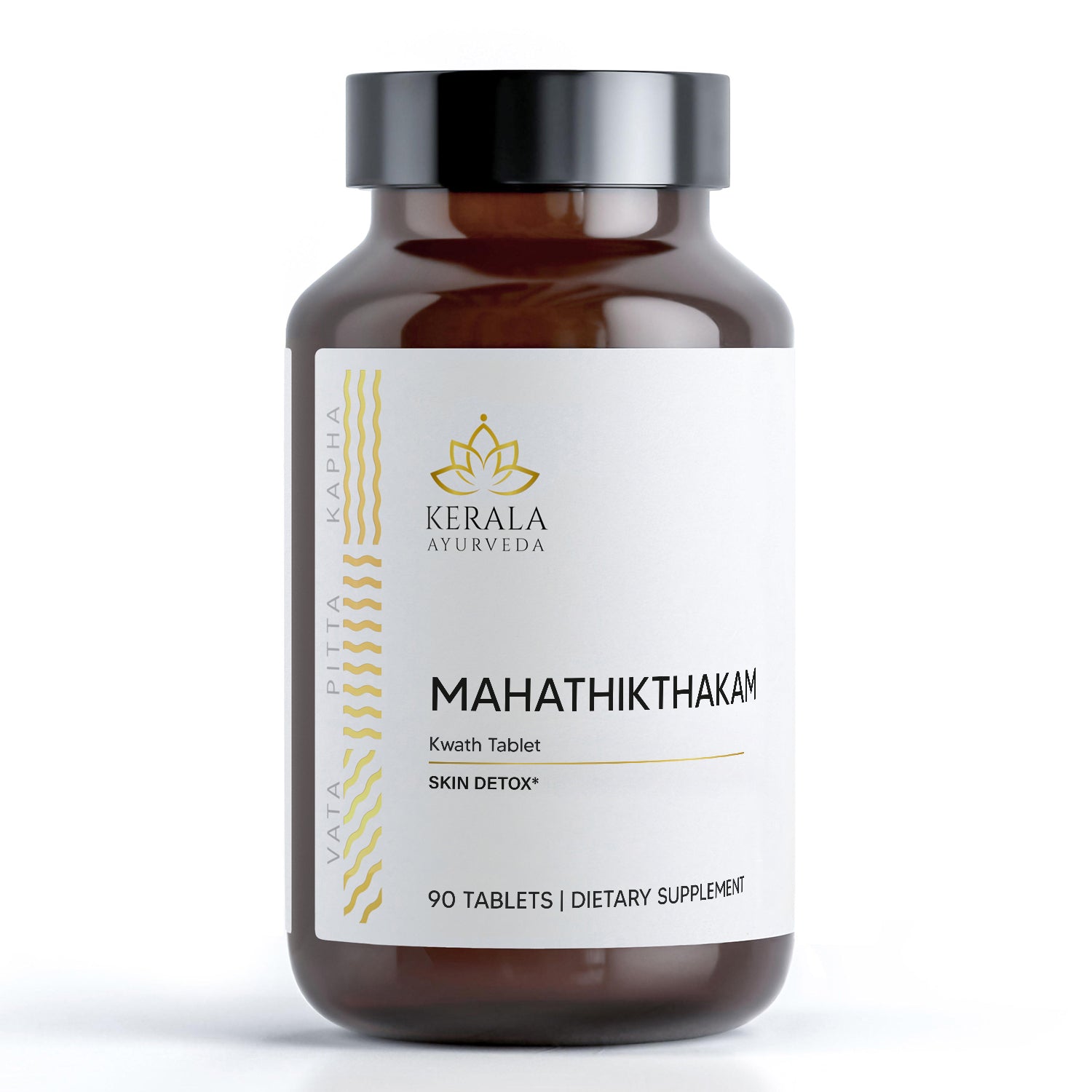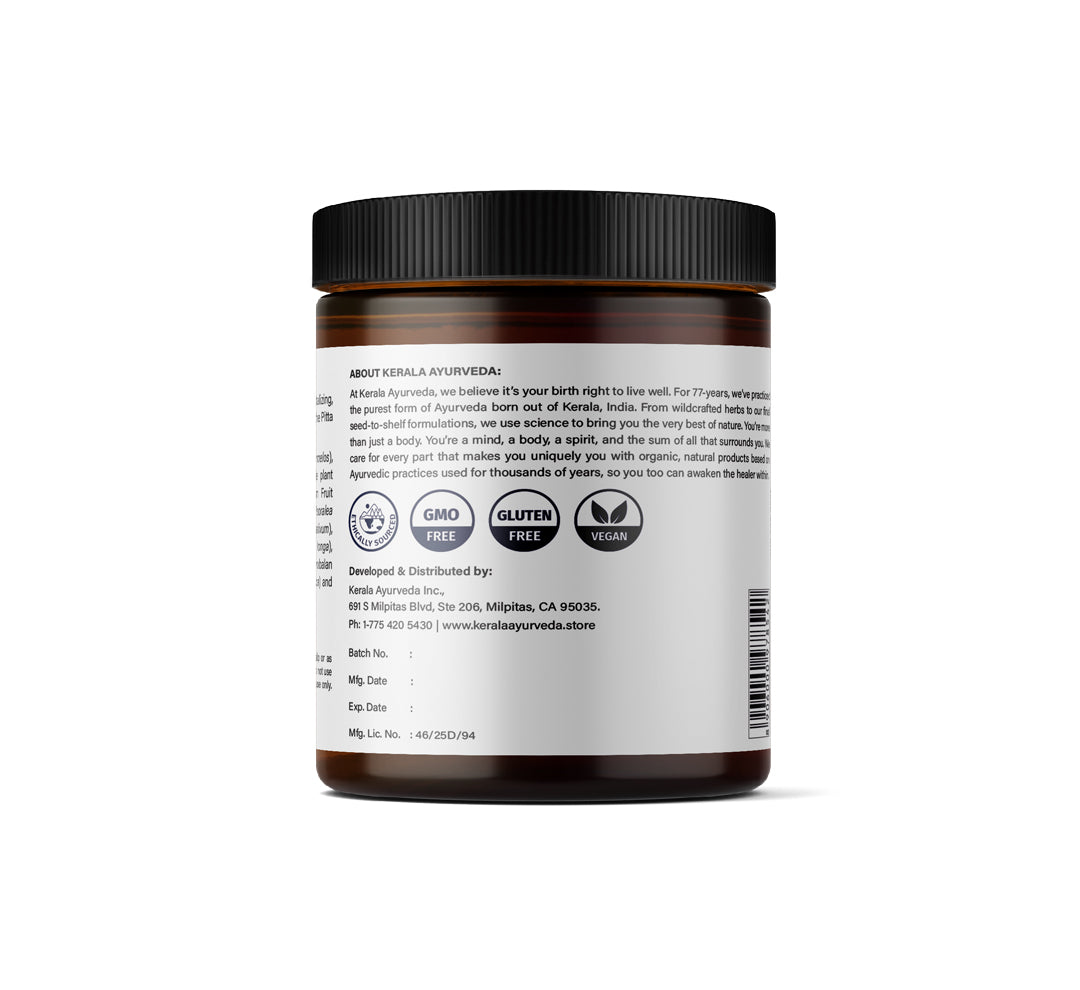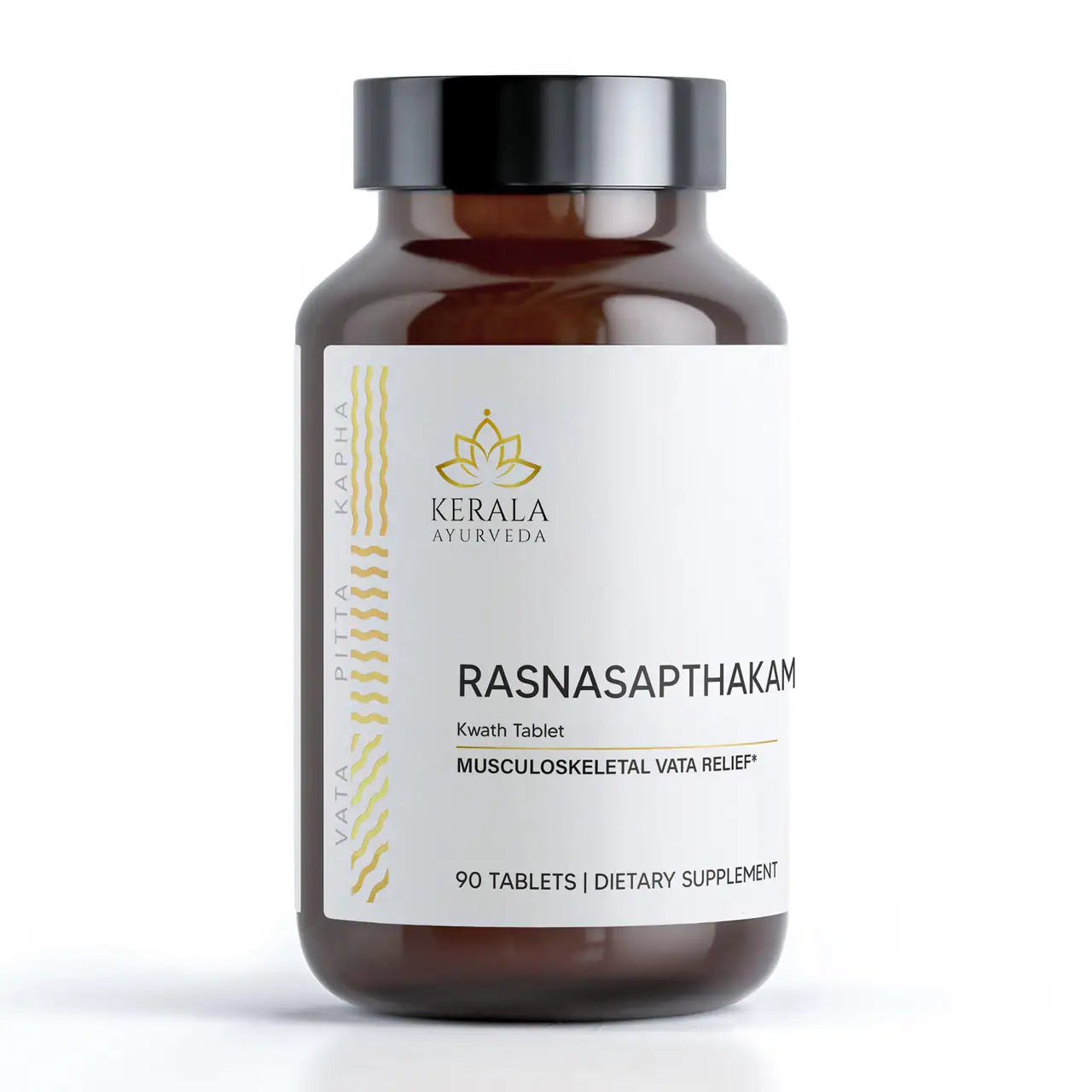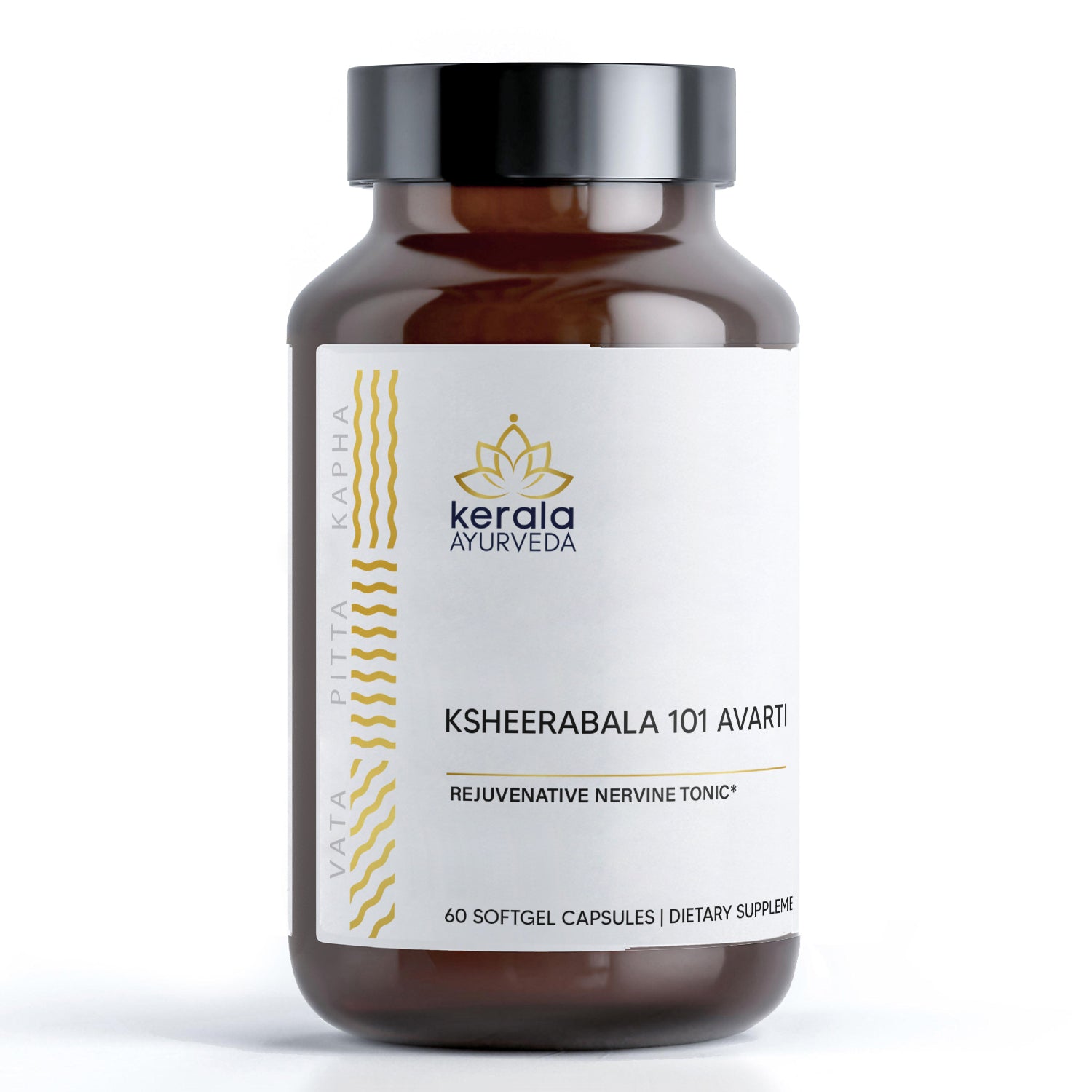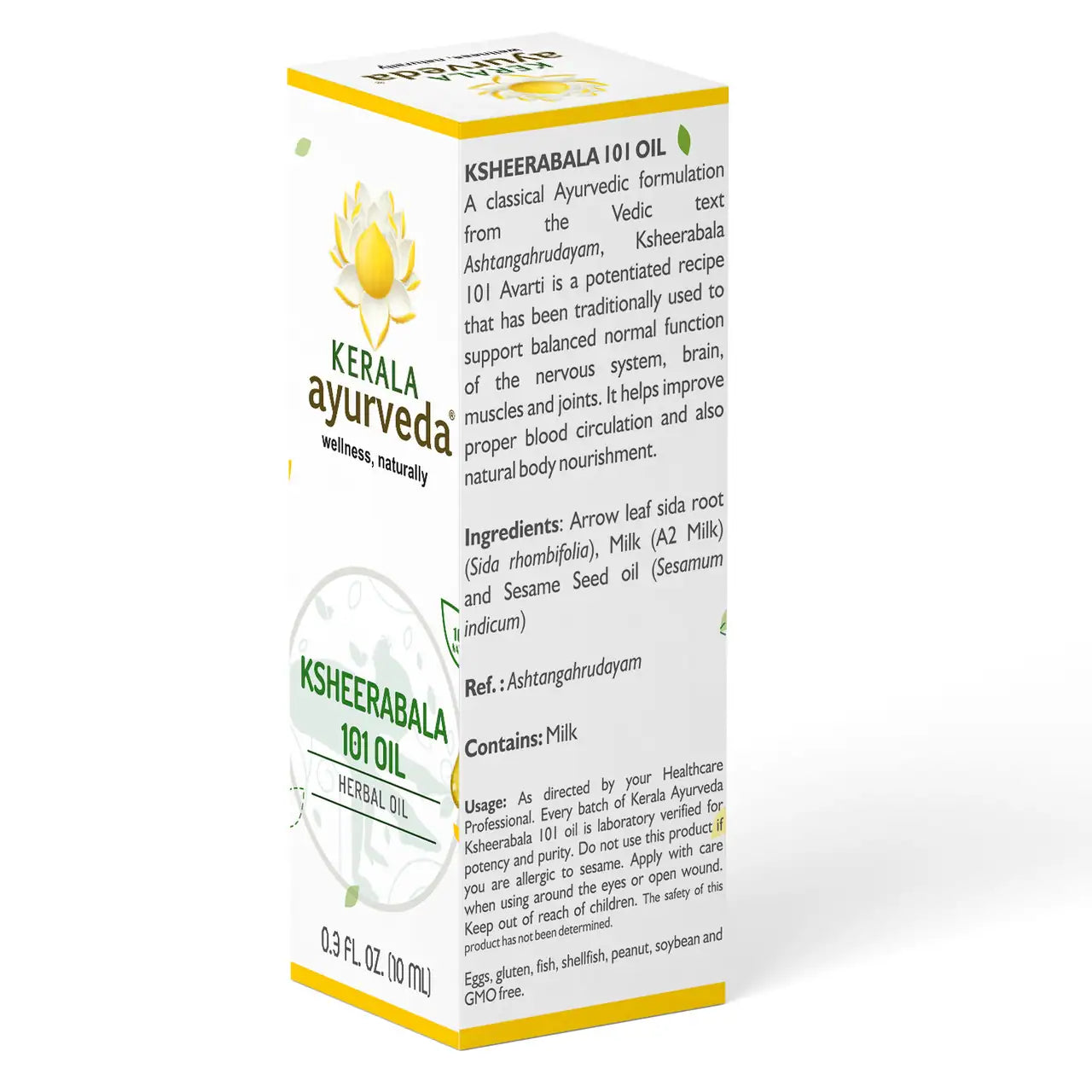Highlights
Ayurveda, known as the science of life is India’s ancient medical system that emphasizes living in balance with the natural cycles and rhythms of nature. For many of us in our modern times, the idea of adopting a daily routine, or Dinacharya, that is unified with these natural laws is often a foreign concept. Given our fast-paced lives, we forget that we as human beings are indeed an inherent part of this intricate and interconnected web of nature that is inclusive of everything in our solar system and the cosmos at large. The practice for many of us Westerners is, how can we get back in touch with this knowledge and awareness?
One of the major ways we can move beyond our disconnection to the natural world is by beginning to adopt the Ayurvedic practice known as Dinacharya which is a practice of establishing daily routines that are in alignment with our understanding of the laws of nature, according to Ayurveda. Dinacharya viewed from a more modern perspective could be considered as “self-care,” but again, a form of self-care that accounts for being in tune with the natural laws of the universe. In Ayurveda, there are suggested routines for daily living (Dinacharya) of which will be further discussed in this article. Additional routines suggested in Ayurveda are both Ratricharya which are routines for the evening hours, and also routines for seasonal changes known as Ritucharya. All of these routines are tools within the realm of Ayurvedic preventive sciences known as Swastha Virtta which directly translates as being established in the Self; ultimately, these are practices that enable each of us to be firmly rooted and established in our unique body constitution in a way that promotes well-being throughout our lifespan.
To begin bringing awareness to our daily routines, we can start by acknowledging that everything we do in our daily lives has a particular effect on our constitution. The quality and the way in which we eat, sleep, work, and go about our daily activities all have qualities of Vata, Pitta, and Kapha, the three Doshas. To learn more about the characteristics of each Dosha, please read here. One of the main benefits of establishing daily routines according to Ayurveda is that we can achieve balance among the three Doshas leading to a state of Sattva which offers us mental peace, clarity, and tranquility. As we begin, it’s useful to understand that making changes in this way does not happen overnight, thus slow-sustainable changes over a period of time are what allow us to succeed the most which in turn amplifies a Sattvic state of being.

Some useful questions for us to reflect on as we begin adopting a Dinacharya practice are:
-
Do I awaken at the same time each day?
-
Do I eat my meals at a consistent time daily or on the go?
-
What activities do I participate in the most each day?
-
Do I tune in to my physical and emotional landscape before eating?
-
Do I make time to reconnect with myself, friends, family, and loved ones?
These are just a few examples that may be helpful as you consider adopting new habits and routines which have innumerable benefits for our overall health and vitality. First, it is important to verbalize that all of the recommendations made by Ayurveda are simply guidelines and not ever meant to be hard or rigid rules that must be followed. Having the spirit of experimentation and discovering what works for you will keep things light-hearted and open, rather than stressful and restrictive. A consistent Dinacharya practice is like swimming with the current of a river which allows the mind and body to be peaceful and at ease thus enabling us to embody a Sattvic state of being. When we do not have daily routines in place and are constantly swimming upstream, this creates turbulent and strenuous conditions that leads to further states of imbalance which Ayurveda strives to help us overcome in the first place. Ultimately, Dinacharya is the Ayurvedic practice of establishing the conditions for health in our daily lives and thus taking actionable steps to improve our sleep, energy levels, digestion, mind/emotions, hormones, relationships and other factors that influence our well-being throughout our lives.

Having this understanding and awareness is a great start no matter your Ayurvedic constitution; however, there are special considerations for each Dosha:
For Vata-predominant individuals who have a tendency toward movement and thus struggle to find stillness in both mind and body, sticking with daily routines can be quite challenging; thus, the focus should be on changing one aspect of your day at a time. This could be as simple as waking up and breathing deeply while stretching in a way that feels good and awakens the body in the morning. It can be this simple. Keep it short, keep it sweet, keep it consistent, and it’s bound to become routine.
For those of a more Pitta-predominant constitution, they are naturally very detail oriented and have the tendency to be a type-A personality which means they can easily go overboard. The journey for establishing healthy routines for a Pitta person is remembering that life exists here in the present moment, and it is meant to be enjoyed. Yes, the tasks can wait. For some this may mean waking up to watch the sunrise, for others it may mean booking a massage appointment, or attending a Yoga Nidra class. Either way, Pitta folks can find a lot of benefit in participating in soothing activities that bring a sense of joy and pleasure into their daily lives.
For the Kapha-predominant individuals who often struggle with change, adding variety to your daily routines will help resolve the energy of stagnation. As part of your physical body care, you may integrate some yoga asanas (physical postures) one day; on another you may dance to your favorite music. For many Kapha people, adding variety adds some necessary spice and movement into their daily routines which is what is needed for these routines to be healthy and sustainable.

With all of these considerations in mind, here is a step-by-step routine that may be useful as you adopt Dinacharya into your life:
-
Step 1: Have a defined time to arise in the morning.
-
Ayurveda recommends 30-minutes to 90-minutes before sunrise given that this is a very Sattvic time of day of that can be a beneficial time for Asana and meditation due to the mind being gently alert, focused, and peaceful.
-
Step 2: Gentle stretching and deep breathing after waking.
-
Before your feet touch the floor in the morning, take some brief moments to move and awaken the body from its slumber. This can be something done in as little as 5-minutes.
-
Step 3: Hydration with warm lemon water.
-
Not only does this serve to hydrate the body but it serves to awaken your digestive tract and promote elimination via a bowel movement which is a sign of good health.
-
Step 4: Saucha (Cleanliness) Practice
-
Cleansing the face, brushing your teeth, tongue scraping, oil pulling, and Nasya are all beneficial in maintaining a healthy skin, nasal, and mouth biome which in turn prevents tooth decay, foul breath, acne, and sinus infections. Products to assist in this area can be found as a part of the Dinacharya Bundle found in Kerala Ayurveda’s shop here.
-
Step 5: Yoga Practice
-
Yoga as many understand is a holistic practice inclusive of Asana, Pranayama (controlled breathing), and Dhyana (meditation) which has a multitude of physical health benefits not limited to: increasing strength and flexibility in both body and mind, improving digestion, decreasing stagnation and fatigue, calms yet energizes the mind, and increases the qualities of Sattva in our daily lives. With all of these benefits, finding a mind and body practice that restores your well-being on a daily basis is tremendously important for longevity throughout our lives. If you struggle with this, finding a qualified yoga teacher or yoga therapist may be very beneficial to you.
-
Step 6: Abhyanga & Shower
-
Abhyanga is a full body self-massage typically done with sesame oil, coconut oil, or medicated herbal oils depending upon your Ayurvedic constitution. This practice helps prevent skin aging, tonifies the muscles, increases lymphatic flow, and provides an overall sense of calm and groundedness upon completion. Allow the oil you have used to soak into the skin for 10-15 minutes prior to showering.
-
Step 7: Start your day with feeling vibrant, healthy, and well.
As you can see, there are countless benefits to integrating an Ayurvedic Dinacharya practice into your daily life. Most importantly, remember to integrate these practices in a way that feels nourishing and sustainable. If you’re seeking help to figure out a practical routine that will work for you personally, be sure to contact to an Ayurvedic professional as they will undoubtedly be able to assist you in developing a routine that works for you and in a way that maximizes your personal goals for lifelong health & vitality.











